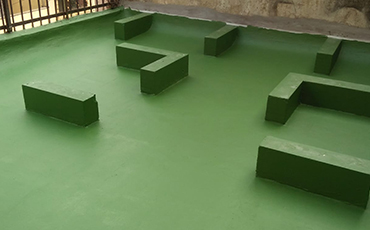
Today, there are many materials available to choose from, for roof waterproofing. In the past several years liquid applied membranes proved to be a feasible, economical and more environmentally friendly solution. When searching throughout various roof "coatings", as these materials are commonly called, roofing contractors realize that not all are created equal. There are a few general categories of liquid applied membranes for roofing, each of these categories including large varieties of products to choose from.
A typical application of liquid applied roof membranes consists five main steps, which should all be treated with utmost importance, following the product manufacturer instructions. These steps are: cleaning, priming, treatment of details, main coating application, and inspection.
Copyright © All Rights Reserved. Designed & Developed By Attitude Infotech.